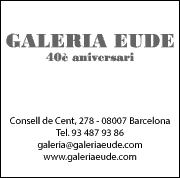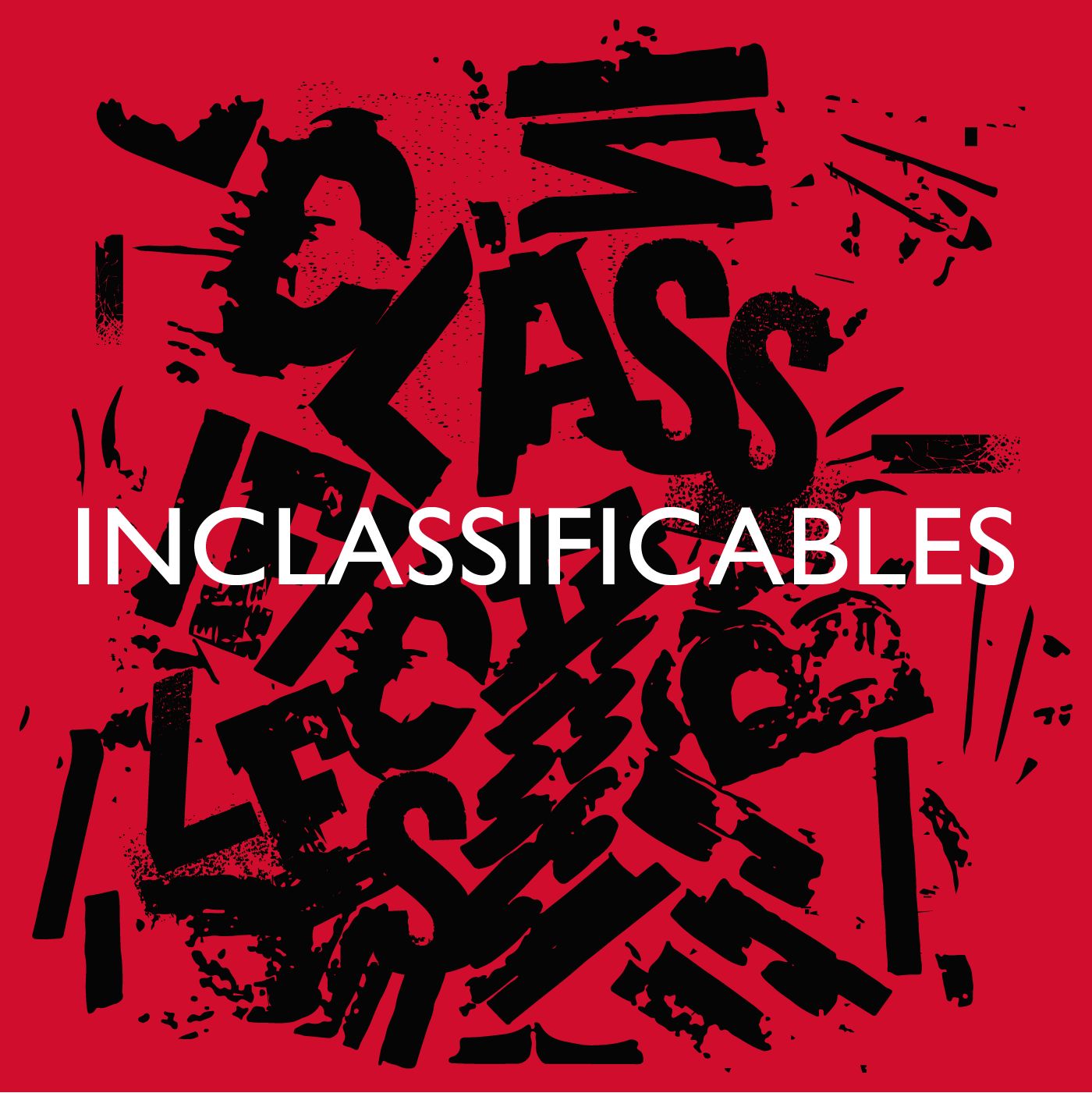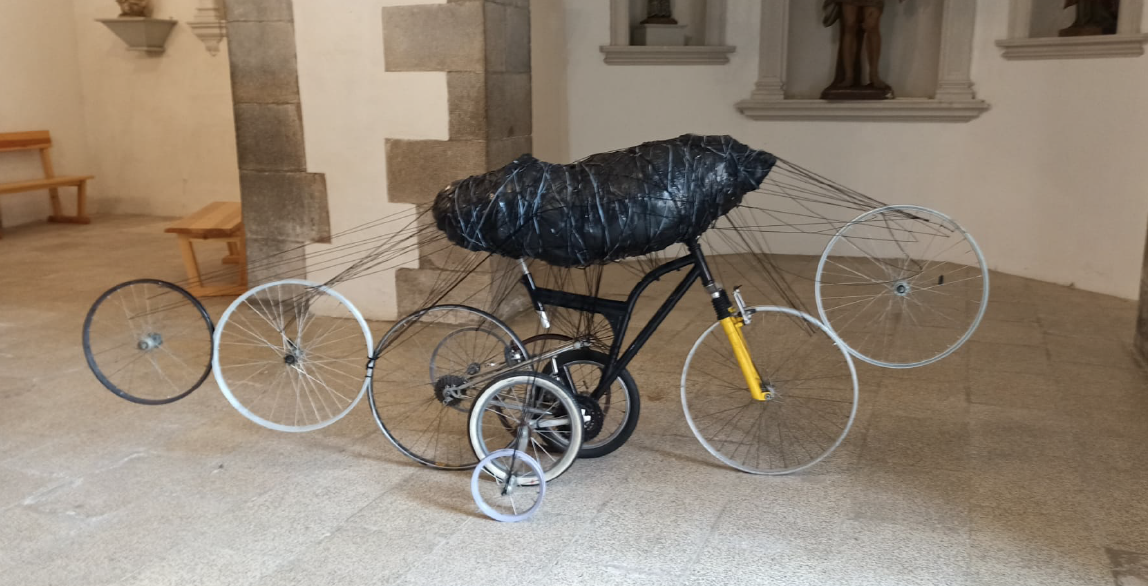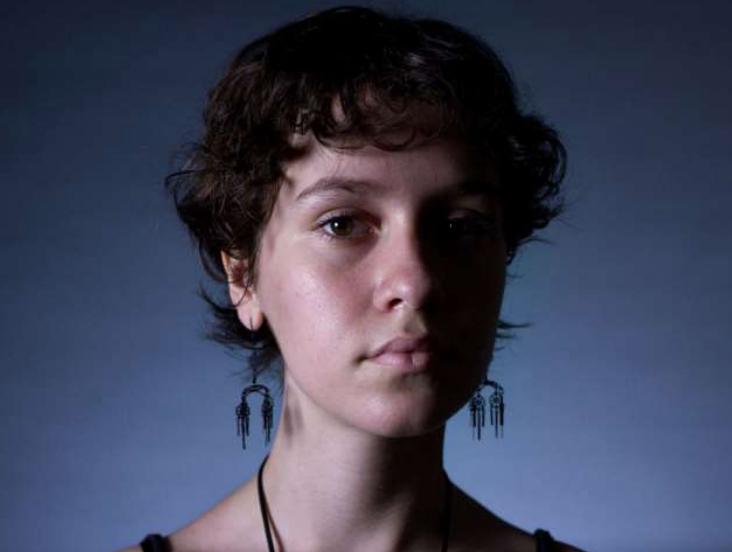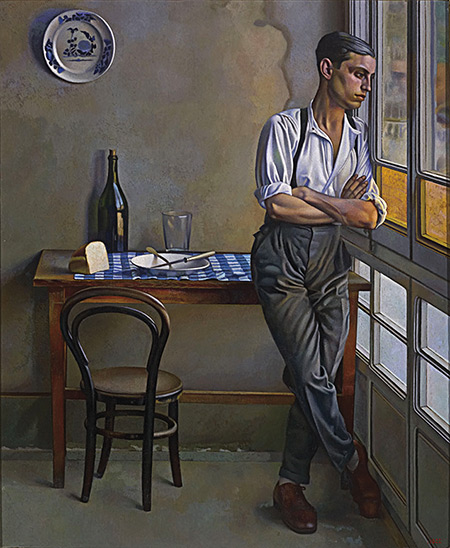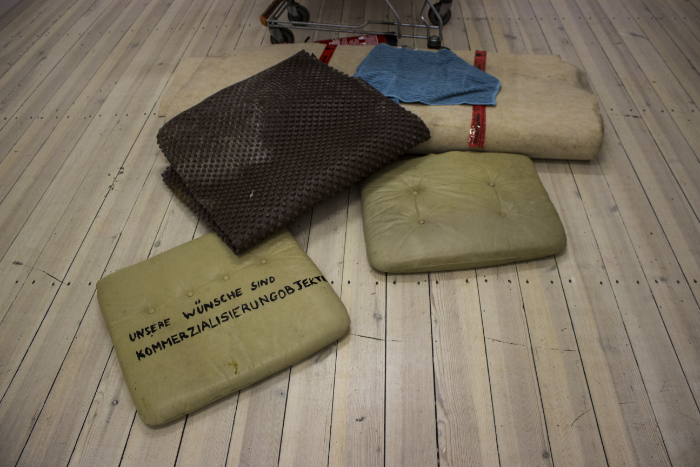Exhibitions
"Catalonia (About 57). Other art. Other artists". The other informal artists
Fins al 8 d'abril
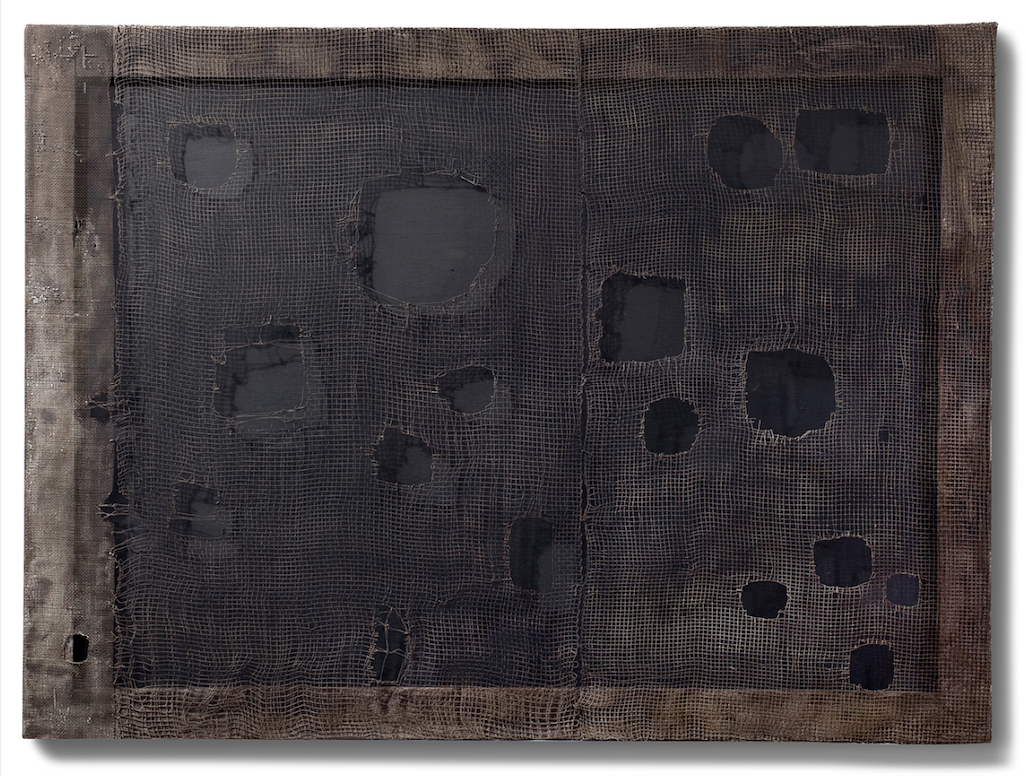
The Catalunya exhibition (Circa 57). Another art. Otros artistas , curated by historian and art critic Joan Gil Gregorio at Galería José de la Mano in Madrid, aims to reevaluate the work of some Catalan artists who were part of the informalist movement but were overshadowed by the protagonists from that moment A small selection that wants to explain the change of course experienced by Catalan plastic around the symbolic date of 1957, a historical milestone that marks the end of the post-war Spain in the political, economic and social panorama, as well as in the cultural and artistic The aim is to reclaim an entire generation, with indisputable historical significance, with close European ties and above all with an indestructible political commitment, so that it is present in the place it deserves in the exhibition discourses of national museums. The selection responds to the commitment of his work and the quality of his work, apart from his recognition. Obviously, for matters of magnitude not all of them should be there, but this selection amply illustrates the radical break in approaches that this generation carried out.
The artists represented are: Eduard Alcoy, Armand Cardona Torrandell, Joan Furriols, Norman Narotzky, August Puig, Maria Assumpció Raventós, Amèlia Riera, Romà Vallès and Joan Vilacasas. All of them opted for aesthetic attitudes that became acts of resistance, freedom and experimentation, always characterized by a desire for modernity and an effort at cosmopolitanism, received from the heritage of the avant-gardes with which, many of them, they connected thanks to his stays in Paris.
With this exhibition it is intended to make a "historical repair" of a whole series of creators who played a key role in the Catalan plastic renewal and, most of them, with national and international recognition, but who have been blurred by the hierarchies historiographical Proposals like this are necessary to reset a period such as the informalist (1957-1964) with new views and readings. Joan Gil has been working on this recovery for some time to resituate many of the authors who were somewhat forgotten far from the spotlight of the great figures. Among the exhibitions he has defended in this same line, we highlight: Informalism in Catalonia 1957-1967 . Caixa Tarragona Foundation, Víctor Balaguer Museum, Vilanova i la Geltrú and Jaume Morera Museum, Lleida (2006); Cirlot and the artists around the Correo de las Artes , 1957-1962. Vila Casas Foundation. Volart Spaces, 2017, Barcelona; Juan-Eduardo Cilot and the Catalan informalists , Espai Guinovart. Agramunt, 2017, and Cirlot Otro. The Correo de las Arts. 1957-1962 . Blanquerna Cultural Center. Madrid, 2021. In addition, we must mention the monographs dedicated to Romà Vallès, Joan Vilacasas or Maria Assumpció Raventós, among others. We think that the informalist stage represented for Catalonia a whole series of initiatives that reaffirmed a generation of creators committed to the most advanced art and with a close link to international art and that prepared the youngest to fight for freedom of expression. It is necessary to continue to delve deeper into these years to rediscover the diversity and originality of this painting rich in textures and impastos, slowed-down gestures and the use of new materials far removed from traditional ones. A pictorial expression that insists on the exaltation of vital mechanisms and the free projection of emotions



